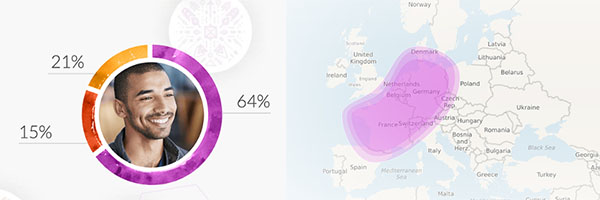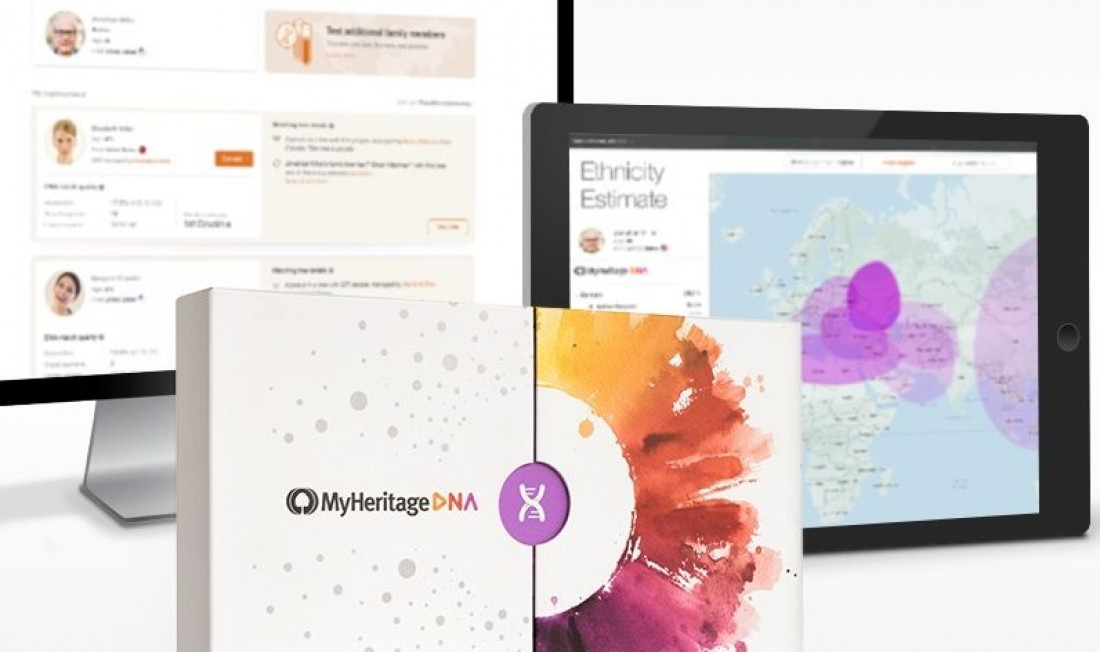
You can invite other relatives to work on the family tree with you, as well as adding photos that you might want to share. The dashboard also offers a Family Tree section, which allows you to build your own family tree from scratch. The biggest difference is that autosomnal tests can generally only trace back 5 to 8 generations, whereas mtDNA and Y-DNA tests can trace back anywhere from 20 to 100 generations. In comparison, other big names in DNA testing offer mtDNA and Y-DNA testing as well (23andMe, Family Tree DNA and Living DNA offer these), which can trace your mother and father’s lineage. It can also be used to find some common genetic traits, but that’s not an option with MyHeritage. This means it looks at 22 pairs of chromosomes and is accurate for finding relatives and ethnicity mix.

It’s worth mentioning here that MyHeritage is an autosomal DNA test. This is definitely fun to see, but if you want anything more specific after the initial buzz has worn off, MyHeritage’s offering is lacking. You can see specific countries, but not specific areas within countries, like some other DNA tests are able to more accurately pinpoint. You can also view this information on a map, which breaks down the different ethnicities by likely country of origin. That means if you’re sending it from the UK or Europe (MyHeritage is based in the US), you’ll need to budget for postage.

Unfortunately, you do need to pay for your own postage and MyHeritage recommends you don’t just send your results via standard post. You then put the swabs inside the plastic vials, put them in a plastic envelope, put that inside a bigger envelope and send off your sample for testing. This bit was easy – and much more pleasant than filling a little tube up with spit like other DNA tests. You then move a swab around the inside of one of your cheeks and use the other one for the other side. To take the test you need to snap the swabs, which was easier said than done and if you’re anything like me you may need some scissors at hand to help you out. To do this you create an account on the MyHeritage website, add the code and then the lab will join your results up with your profile at their end.


The first step is activating the DNA testing kit with the code that’s printed on it.


 0 kommentar(er)
0 kommentar(er)
